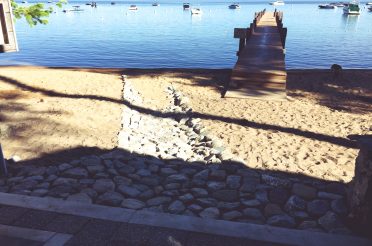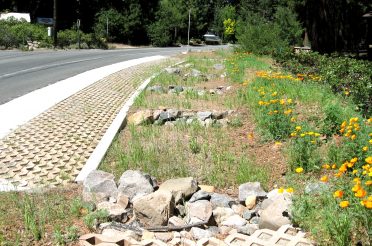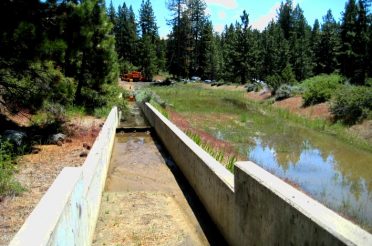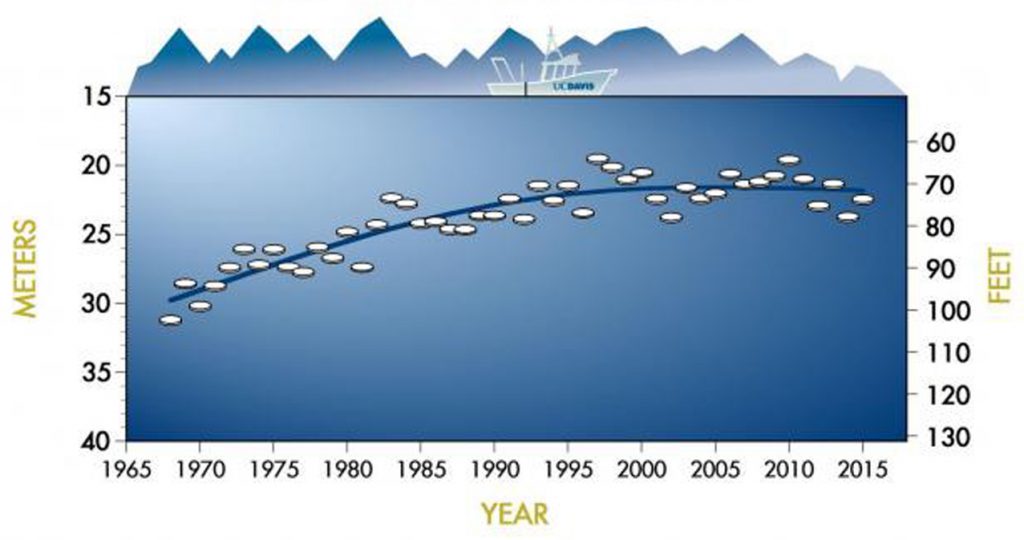Over the last 10 years, over $1 billion has been invested by federal, state and local governments, and the private sector to implement the Environmental Improvement Program. As part of this investment, local environmental ordinances have been passed by the Tahoe Regional Planning Agency (TRPA) that require all property owners, both public and private, to implement Best Management Practices (BMPs) to reduce pollutants entering into Lake Tahoe.
Featured Projects
Zephyr Cove
The goal of the Zephyr Cove Water Quality Improvement Project is to treat sediment and... Read More
Cave Rock Estates
Named after Cave Rock on the east shore of Lake Tahoe, Cave Rock Estates was... Read More
Lake Tahoe TMDL
Lake Tahoe clarity has been declining at a rate of about one foot per year since UC Davis began measuring it in 1968, a reduction of about 40 feet. UC Davis researchers measure the lake’s clarity throughout the year by lowering a white Secchi disk at two fixed locations. The depth at which the disk, the size of a dinner plate, disappears from sight is referred to as the Secchi depth, a measurement of clarity.
In Undisturbed areas such as forests or meadows, precipitation is able to infiltrate and is integrated into the landscape. In urban areas, runoff filled with excess nutrients, sediment and other harmful pollutants reach waterways without this natural filtration.
Links and Documents
For installation guides, installation service providers, tip sheets, and other BMP resources.
Design your BMP’s yourself with TRPA’s BMP Designer tool.
You can also visit TRPA’s website here.
TRPA Phone: (775) 588-4547



